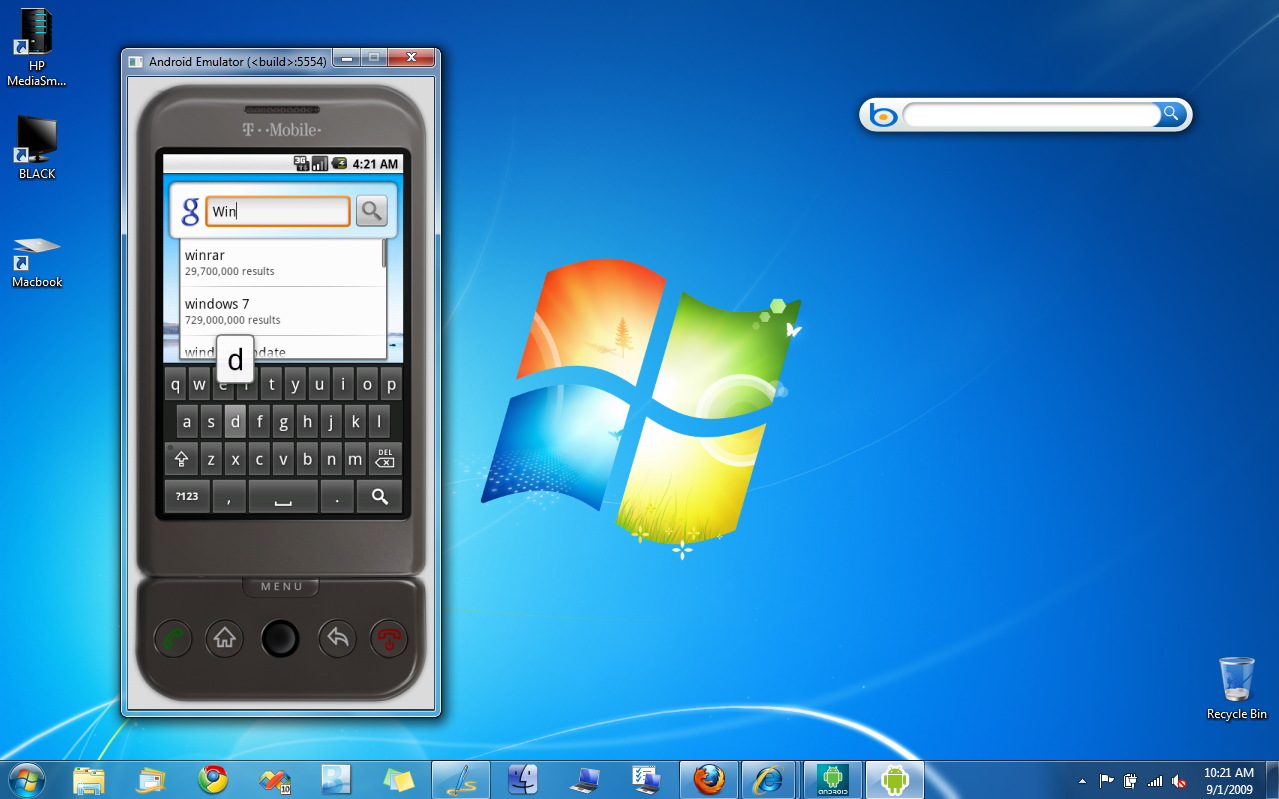
- #List directory contents android programmatically how to
- #List directory contents android programmatically android
- #List directory contents android programmatically code
Note that we’ve provided a my_string_name key to refer to our sample text string value "Hello World!". Let’s add a new string resource in strings.xml to hold the "Hello world!" string: android-i18n Following this pattern, look inside the res/values directory and you’ll be able to find a strings.xml resource file holding the text strings used in our android-i18n application.
#List directory contents android programmatically android
The Android SDK provides a specific structure to hold Android app resources. How about stocking up our Android app with some language resources holding localization-related values? These will act as static assets holding language content for multiple languages. On top of that, you would need this text to dynamically change in case your Android localization application’s user decides to change the app’s language.
#List directory contents android programmatically code
As you may already know, it is elementary level bad practice to hardcode string values within the code of an application. It should look like this:īut there’s an issue here the "Hello world!" string value is embedded directly within the layout description of the test_text_view itself. Let’s put a simple TextView with the string "Hello world" in it: Open up the activity_main.xml file located the in the res/layout directory of our android-i18n project. Now it’s time to put some content into this empty MainActivity. Note: You may choose any API version up to and including API 31 (latest version at the time of writing). For demonstration purposes, let’s make a project with the following configuration: Name: android-i18n We can use a template provided by Android Studio.
#List directory contents android programmatically how to
How to localize your Android Appįirst and foremost, let’s create an Android project with an empty Activity to be used for our localization purposes. Change the application locale programmatically.The first version of this post was written by Arturs Ziborovs. You might also be interested in learning the basics of Java I18n. Setup and use of Lokalise OTA (over the air).Noun pluralization with Android quantity strings.Localization-related deprecations across different API levels.Programmatically switching locale using proxied Context.

Adding resources with the help of Android Studio l10n features.We will cover the following topics in this tutorial: In this article, we will explain how to get started with Android localization using step-by-step examples. This warrants the need to localize your Android application. Sooner or later, you will need to support multiple languages. Here’s the sticking point: most of the world does not speak English. Hopefully, you want your app to grow and be used beyond your local community to reach the across continents, and ultimately go global. But, let me ask you a question: Who are you creating this app for? In other words, what’s your target audience?

You may be a novice developer building your very first Android app, or you may be an expert programmer getting yet another Android app under your belt to join a dozen others. With Android’s expansive popularity among people from all over the world, getting Android localization done right has become a crucial step in app development.


 0 kommentar(er)
0 kommentar(er)
